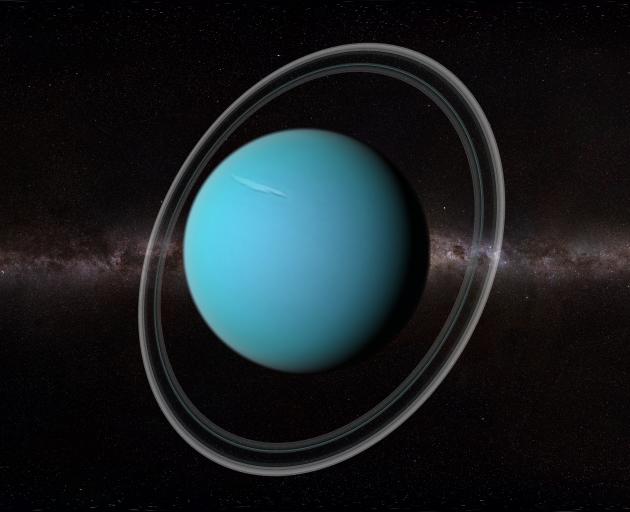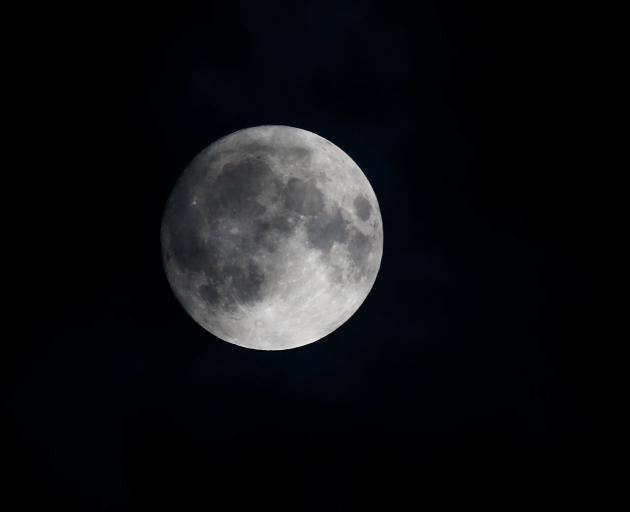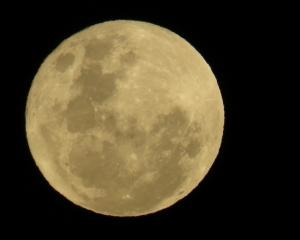
In last week's Sky Watch column I showed how a chance close approach of the moon could be used as an easy way to find the outermost planet, Neptune.

Discovered by William Herschel in 1781, Uranus takes 84 years to orbit the sun.
The planet is currently about 2.8 billion kilometres from Earth, which means that if you were on a spacecraft orbiting the planet, radio signals from Earth would take more than two-and-a-half hours to reach you.
Like its more distant cousin, Neptune, the huge distance between Earth and Uranus means that the planet is quite hard to see.

On a clear moonless night, people with excellent eyesight can just about make out the seventh planet out from the sun as a very dim star.
However, if you want to spot it over the next few nights, bright light from the nearby moon means that a pair of binoculars will be needed to spot the planet.
As our chart shows, Uranus is in the constellation Pisces, the fish, and on Saturday evening, the 90% illuminated waning gibbous moon will be just under four degrees away from the planet.
An easy way to find Uranus will be to first locate the star Alrischa (which will be to the right of the moon in the sky), and then use a pair of binoculars to scan down past the moon; Uranus should be easy to pick out as a distinctly blue/green-coloured ''star'' in the position indicated on the chart.
The blue-green colour results from the absorption of red light by methane gas in Uranus' deep, cold and remarkably clear atmosphere.
While you are exploring this part of the sky, it's also well worth seeing if you can spot the four bright stars which mark out ''the square'' of Pegasus.
According to legend, Pegasus was a winged stallion sired by Poseidon, and foaled by the Gorgon Medusa.













